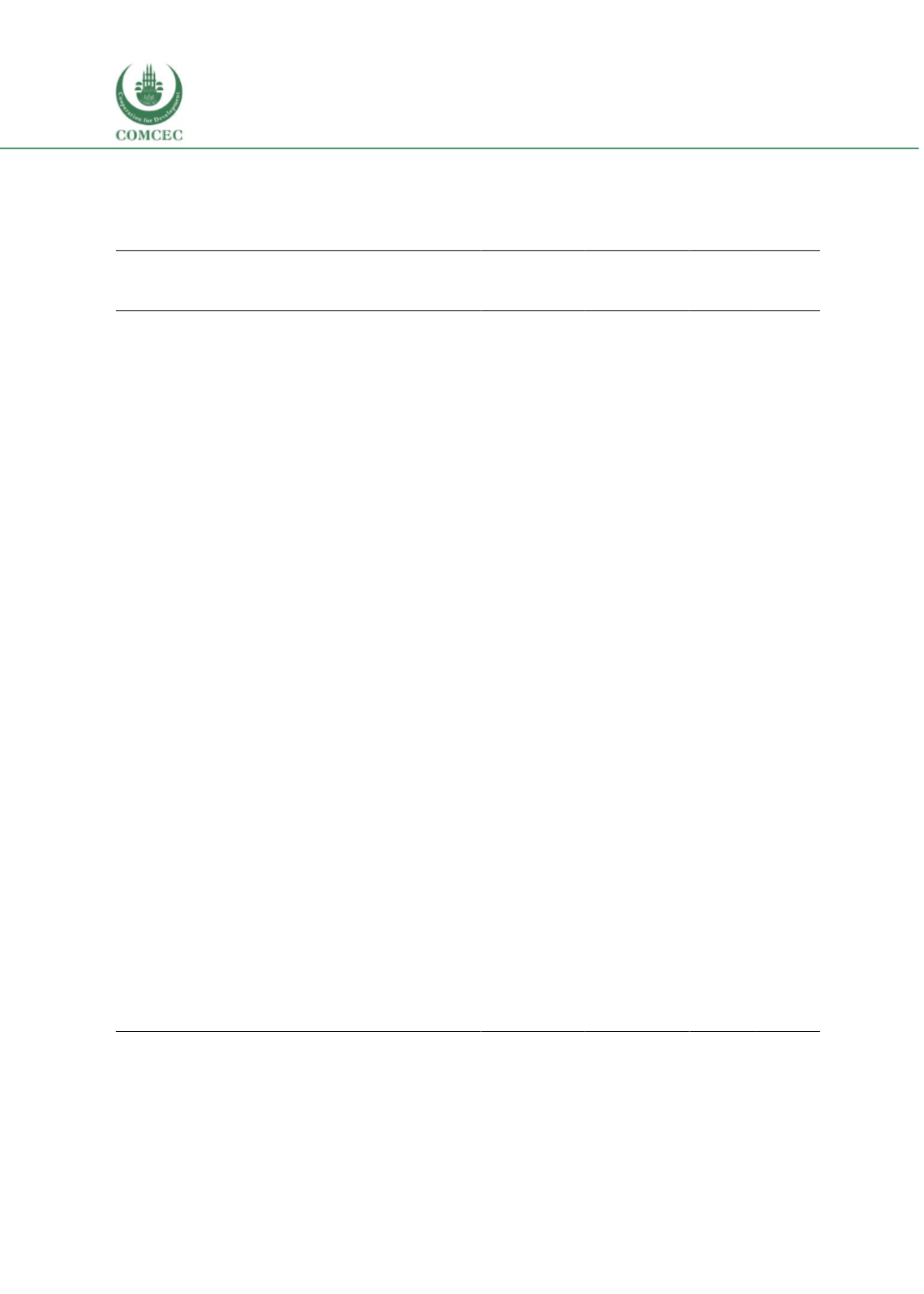

Education of Disadvantaged Children in OIC:
The Key to Escape from Poverty
154
Table 22 )and development there has been far slower than in the major urban areas. Inequality
also remains a concern, with little progress noticeable between 1990 and 2015 (se
e Table 22 ).
Table 22
Pakistan Basic Indicators 1990s-2010s
Indicator
1990s
2010s
Year
for
1990s
Year
for
2010s
Population
Population, total
107,607,640
188,924,880
1990
2015
Population growth (annual %)
2.9
2.1
1990
2015
Population ages 0-14 (% of total)
43.0
35.0
1990
2015
Urban population (% of total)
30.6
38.8
1990
2015
GDP
GDP growth (annual %)
4.5
4.7
1990
2015
GDP per capita, PPP (constant 2011
international $)
3,057.0
4,706.2
1990
2015
Poverty &
Inequality
Poverty headcount ratio at $1.90 a day
(2011 PPP) (% of population)
59.0
6.1
1990
2013
Income share held by lowest 20%
8.1
9.2
1990
2013
GINI index (World Bank estimate)
33.3
30.7
1990
2013
Other
developme
nt
indicators
Mortality rate, under-5 (per 1,000 live
births)
138.6
81.1
1990
2015
Prevalence of stunting, height for age
(% of children under 5)
54.5
45.0
1991
2012
Improved water source (% of
population with access)
86.3
91.4
1990
2015
Improved sanitation facilities (% of
population with access)
23.7
63.5
1990
2015
Access to electricity (% of population)
59.6
93.6
1990
2012
Education
Gross enrolment ratio, pre-primary,
both sexes (%)
72.3
2015
Gross enrolment ratio, primary, both
sexes (%)
58.7
92.7
1990
2015
Gross enrolment ratio, lower
secondary, both sexes (%)
56.6
2015
Gross enrolment ratio, upper
secondary, both sexes (%)
35.4
2015
Pupil-teacher ratio in primary
education (headcount basis)
41.1
46.3
1990
2015
Pupil-teacher ratio in lower secondary
education (headcount basis)
17.3
2015
Government expenditure on education
as % of GDP (%)
2.5
2.7
1990
2015
Expenditure on education as % of total
government expenditure (%)
7.8
13.2
1993
2015
Source: UNESCO Institute of Statistics Database and World Bank World Development Indicators Database
The country spends a major portion of its budget on addressing challenges to national security,
interest payments on its loans and some infrastructure developments leaving little fiscal room left
for the social sectors. As a consequence, health and education indicators are very low, with 45%
















